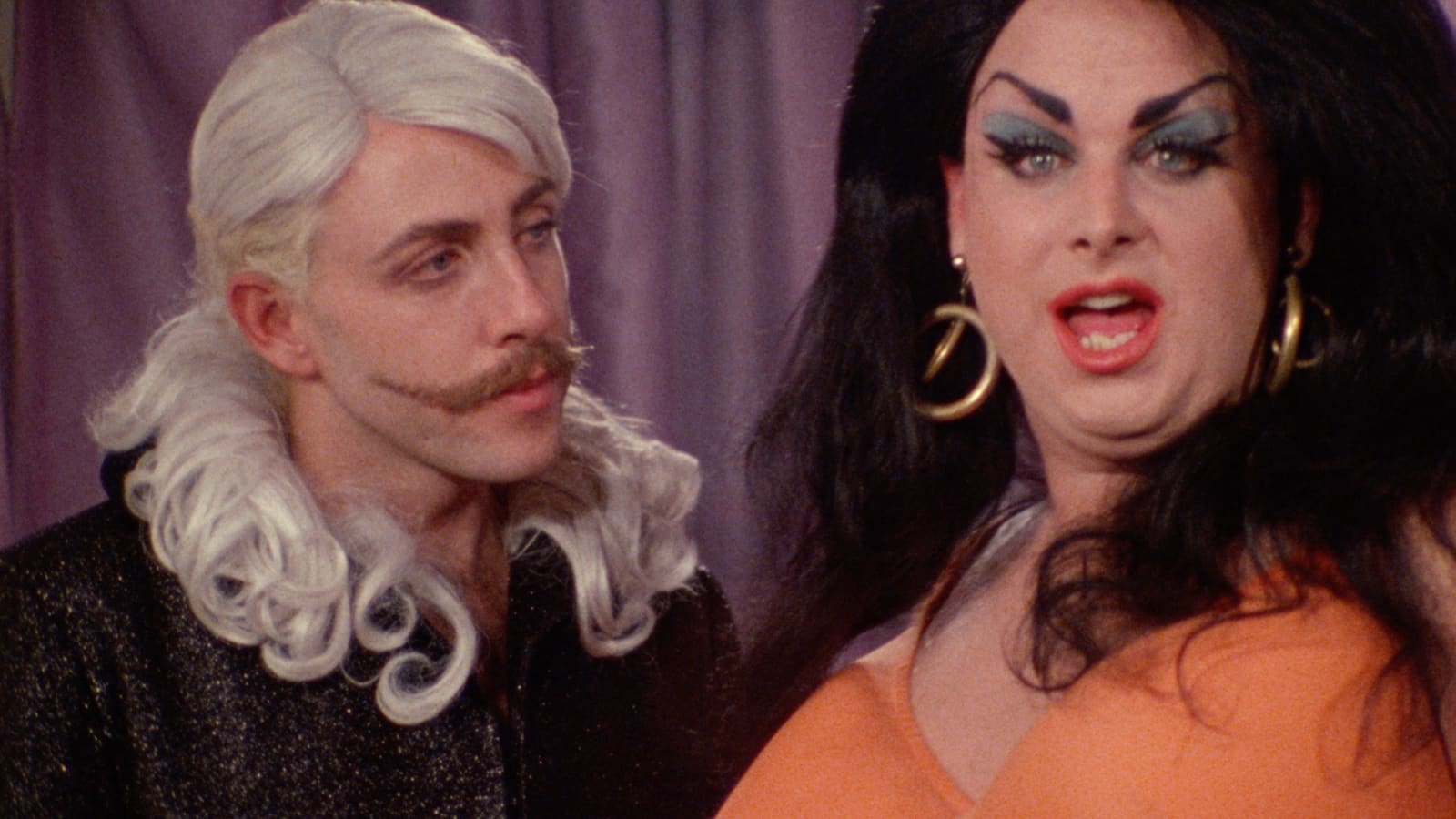As the opening credits of “Female Trouble” roll, a singer croons, “I’ve got lots of problems. Maybe I’m twisted, but I don’t care.”
While all of the characters in the film have problems, the most anguished of them is Dawn Davenport. At the start of the film, Dawn is in high school, and she only has one wish: to get cha-cha heels for Christmas. When she doesn’t receive her favorite footwear, she storms out of her parents’ humble abode. Dawn soon befriends a lonesome truck driver. Unfortunately, he impregnates her, and she becomes a single mother to a child she never wanted. Dawn’s fortunes begin to change, however, when she gets her hair done in a high-class salon. The salon’s proprietors are obsessed with crime and celebrity. Under their tutelage, she transforms into a “fame monster” and begins leading a dissolute life suffused with sex and drugs. The story may sound absurd, but no director could tell this twisted tale as well as John Waters. In relaying the sad saga of Dawn Davenport, Waters ingeniously deconstructs melodramatic conventions and incisively comments on American society.
Waters made “Female Trouble” in 1974 in his hometown of Baltimore. Most of the people who worked on the film were Waters’ close friends. However, Waters was not simply making movies in his backyard but contributing to a larger conversation about the American cinema. In Hollywood, young directors created timely movies that quoted timeless classics. Brian de Palma referenced Alfred Hitchcock’s oeuvre in films like “Sisters.” Robert Altman reimagined the Western in “McCabe and Mrs. Miller.” Martin Scorsese drew inspiration from gangster films and made “Mean Streets.”
In “Female Trouble,” Waters turns to the Hollywood melodrama. Melodramas, also called “women’s pictures,” usually focused on a tragic heroine and documented her trials and tribulations. Waters alludes to a few classics of the genre. When Dawn and her girlfriends sit on a bed in a strange pyramidal arrangement, they resemble Barbara Parkins, Patty Duke and Sharon Tate in the 1967 film “Valley of the Dolls.” At one point in the film, Dawn’s face is disfigured, and she undergoes plastic surgery, just like Joan Crawford in the 1941 film “A Woman’s Face.” Dawn’s incessant arguments with her daughter bring to mind the fraught parent-child relationship in Crawford’s 1945 vehicle, “Mildred Pierce.”
In some respects, however, Waters goes further than his peers in critiquing the melodramatic mode of filmmaking. The story of “Female Trouble” may resemble the narrative of a “woman’s picture,” but Dawn Davenport isn’t really a woman. The legendary drag queen Divine plays the protagonist. Diane Arbus’ disturbing photographs inspired Divine’s look, and therefore, “she” exudes a kind of grotesque glamor that isn’t present in any Hollywood melodrama.
Waters also challenges the timeworn conventions of these old films. Melodramatic plots are usually predictable. It comes as no surprise that the three heroines of “Valley of the Dolls” fall into an abyss of drugs and despair, that the protagonist of “A Woman’s Face” is tortured because of her imperfect visage, and that the hardworking mother in “Mildred Pierce” can’t reform her selfish daughter. Waters, however, defies expectations at every turn. Dawn shoots up liquid eyeliner with glee and without remorse. When her face is damaged, she is overjoyed because the scar tissue makes her look even more beautiful. Unlike Mildred Pierce, she realizes her daughter is a brat and searches for ways to dispose of her.
As he reinvents the melodrama, Waters also considers the audience for the genre. The film scholar Ed Sikov notes that even in their heyday, “women’s pictures were also appealing to a certain strain of men” — gay men. Older melodramas present homosexuality as a perverse phenomenon. “Nellies” were usually encouraged to turn straight. Conversely, “Female Trouble” reflects the burgeoning strength of the gay liberation movement. The kindly Aunt Ida encourages her straight nephew to turn “nelly” because, as she puts it, she worries that he’ll “work in an office, have children, celebrate wedding anniversaries. The world of heterosexuals is a sick and boring life!” Her comment is outrageous, but it demonstrates the development of gay pride in the 1970s.
“Female Trouble” documents American society in the 1970s in other ways as well. Waters’ concern with the confluence of crime and celebrity may seem esoteric. Yet, Waters was making “Female Trouble” in an age of media frenzy. The Charles Manson trial received an unprecedented amount of publicity. The Patty Hearst case was a major news story, and the Zodiac Killer became notorious without revealing his name.
Waters contemplates how this culture has affected the artist. Once Dawn’s crimes make headlines, she presents a one-woman show. She asks her audience, “Who wants to die for art?” When one audience member shouts, “I do,” she pulls out a gun and shoots him. Here, Waters pokes fun at critical pretensions. The homicide victim is so caught up in the Romantic notion of “art” that he overlooks a fundamental fact — the artists of his time are no longer selfless martyrs. Instead, they are sensational celebrities who would rather sacrifice their fans than themselves.
Waters became a cult filmmaker without resorting to Dawn’s drastic measures. “Female Trouble” is usually considered one of his magnum opuses because it is so brilliantly bizarre. It simultaneously follows the rules of the melodrama and breaks them. It not only examines its own era but also contemplates universal questions of art and celebrity. In a sense, we should care about the twistedness of “Female Trouble.” It’s delightful precisely because of its idiosyncrasies.
Contact Amir Abou-Jaoude at amir2 ‘at’ stanford.edu.
